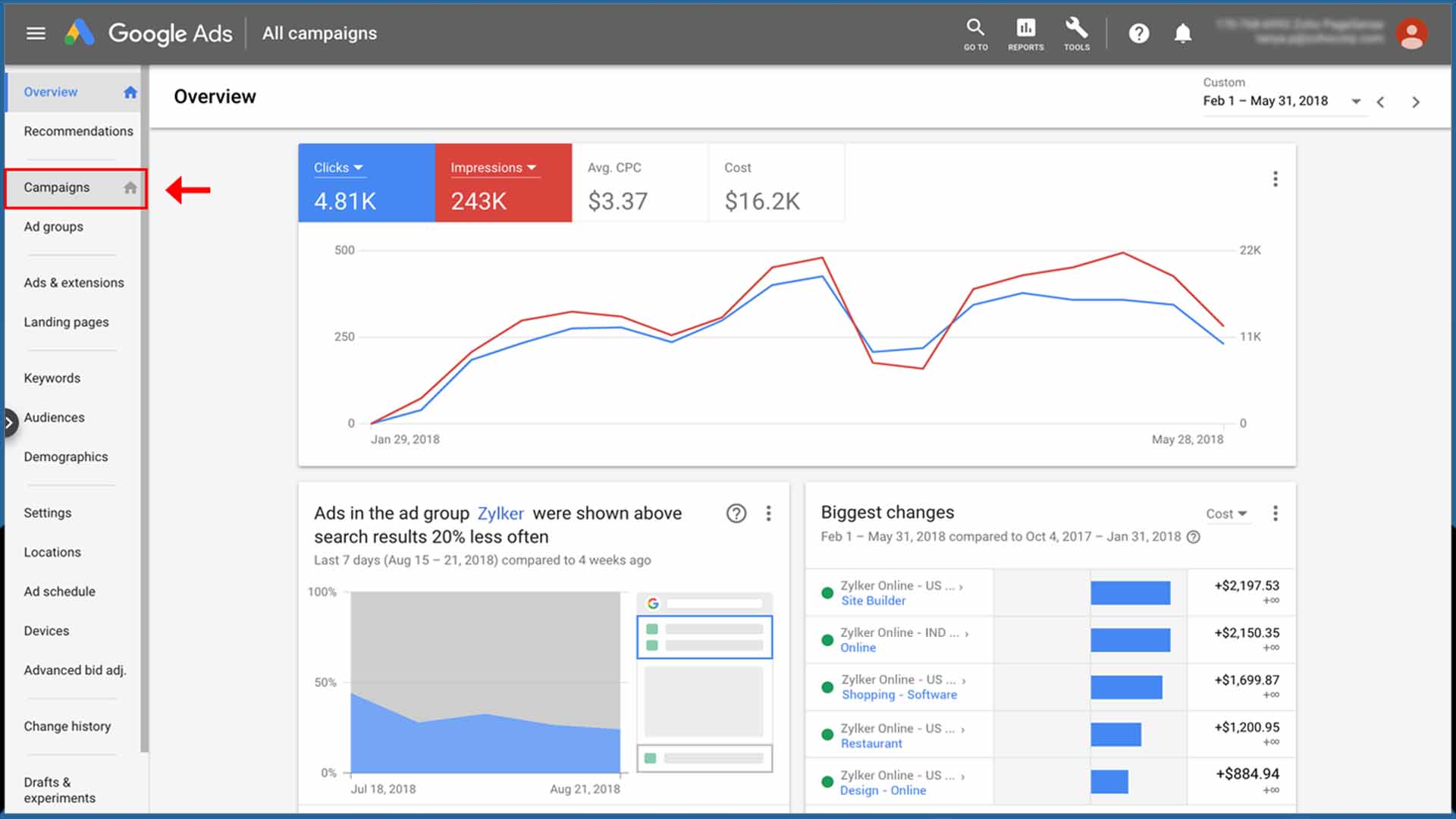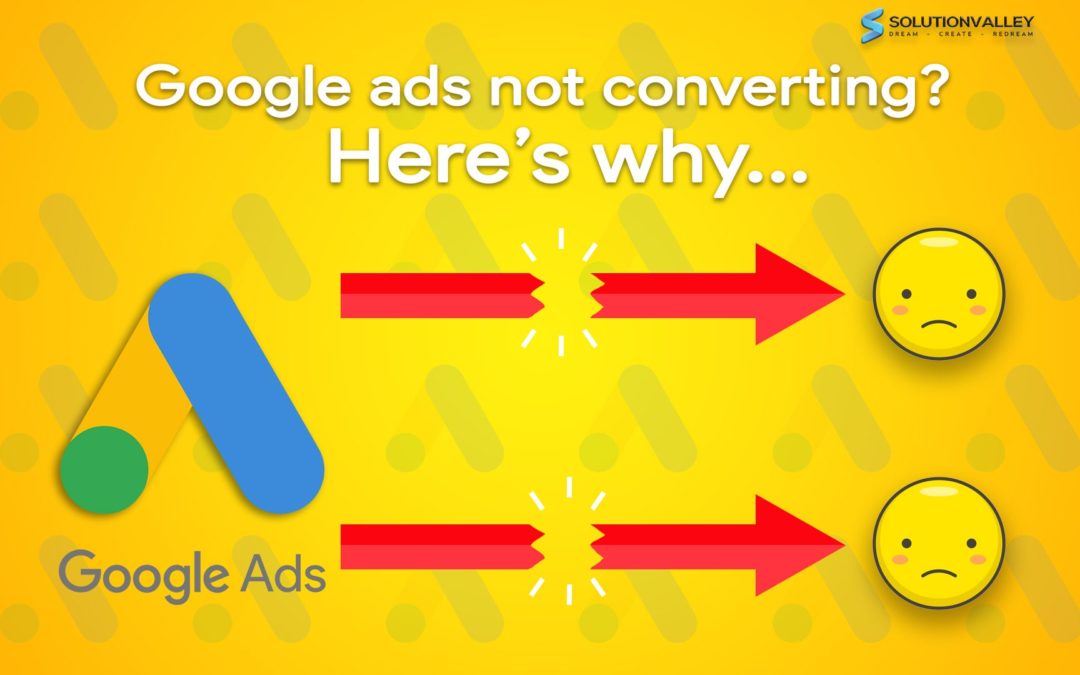A large part of the grievance that most companies/ people that put out Google advertisements have is to do with its rate of conversion. Conversion signifies receiving a fruitful engagement by the person who clicks on the advertisement.
Say for instance if one clicks on an e-commerce website advertisement, ‘converting’ of this advertisement would mean when the customer that clicked on the ad either makes a purchase on the website or leaves back constructive feedback that helps the company. Conversion need not always be monetary, it could be anything that an enterprise would describe as productive interaction.
1. Are Your Keywords Specific Enough?

Image source: searchengineland.com
2. Target Audience

Image source : digital market asia
However, one mistake most companies make when designing ads is making them too generalized, playing to a really large field and thus ending up not appealing to any of them.
Expert in digital marketing, Neil Patel, suggests that knowing one’s target audience is necessary. So while 80% of the internet may be advertisements and potential customers.
If you aim to reach even 1% of this population and manage to turn them into successful conversions, your ad campaign will be deemed successful. Aim small, aim specific and constantly keep updating based on results, Neil says.
3. What Kind of Ad Are You Making?

The purpose of each of them is different. Because of this, their content, keywords, targets, statistics have to be designed uniquely to each of them.
While the search engine ads are more specific responses to products that the customer is looking for on the search engine, the latter are mostly marketing advertisements. Understand the difference and create them accordingly. Create different kinds of ads for different situations.
4. Listen to The Data

Look up data/ statistics that support/ do not support certain kinds of advertisements. Most people do not do their background research prior to creating ads. This is foremost.
Look up data/ statistics for the kind of ads you are trying to create, try and gather more facts and figures to understand your target audience better. And always rely on numbers to make important decisions.
5. Is Website Redirection Supportive of Your ad?

If there is an advertisement for adventure novels- is the customer directed to a website on novels in general or just specific adventure novels?
These things determine the level of engagement that an ad yields. What is the correct answer, then? Well, there is no one correct answer to this. Different companies would have to formulate ads differently and chart their redirection pages accordingly.
While for certain bigger companies, redirecting to the homepage of the website would be alright, smaller companies looking to meet the demands of the customer and increase a customer base are generally looking to make quick sales.
These smaller companies have to direct their ads to more specific pages based on the needs of the customer to facilitate more engagement on the website.
For instance, based on the information procured about a customer, a website displays ads surrounding specific bi-focal lenses to the customer.
Upon clicking of the ad, the customer is more likely to purchase the lens if the webpage opens to displaying of choices of bi-focal lenses than if it opens to an online store for frames and lenses in general.
The customer in the latter case would probably not take the time to engage with the website, locate the lenses he spotted in the advertisement and then make a purchase.
The process seems too strenuous. That is why an engaging website redirection is important to retain the interest of the customer. This is the pivotal step in converting an ad. Also important within this same segment is the basic design of the redirected web page. A more attractive looking page is shown to yield more responses.
6. Build a Brand Name

An ad by a company like, say Sony televisions would be received well, owing to its brand establishment. The larger point here is that look for ways to establish trust in the minds of the customer. Include testimonials from other customers on the website.
Have clear contact details and information spelt out, so the customers don’t think the website is shady and engage with it further? Spending time on developing marketing techniques comes within this sphere.
Finding the right marketing tool for your company to ensure your ads are well received is essential. Trust has a huge role to play in the conversion rate.
7. Give it Time, And Alter Accordingly

Remaining static is one reason conversion rates don’t increase for a company. Responding to the needs of what a customer seeks is very important.
Tracking an ad once it is put out there, constantly obtaining data and statistics on the ad, and primarily, using this data and statistics to make changes to the ads accordingly has shown to increase conversion rates for Google ads.




Recent Comments